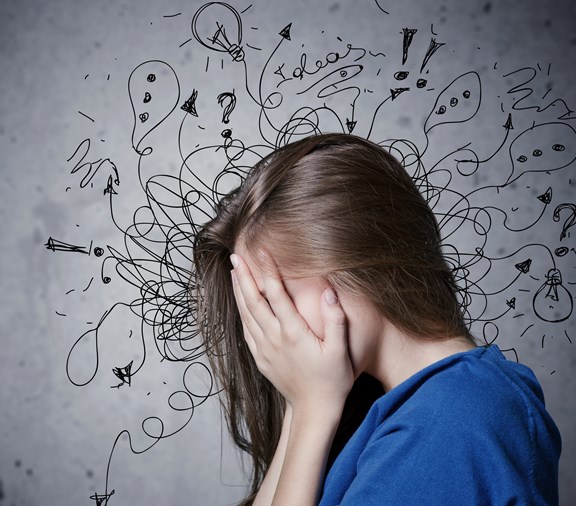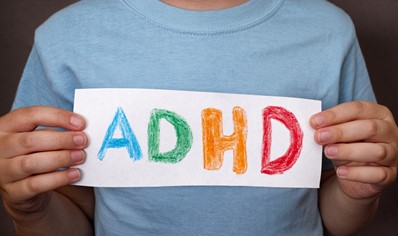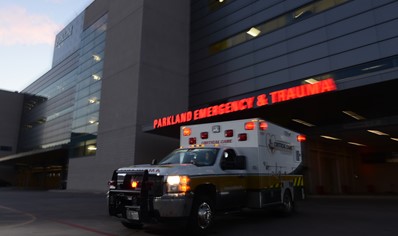
All About Attention-Deficit/Hyperactivity Disorder (ADHD/ADD)
June 1, 2023
You’ve probably heard of attention-deficit/hyperactivity disorder, also known as ADHD. It is one of the most common disorders among school-age kids, and it can continue into adulthood. People with ADHD have trouble paying attention and staying focused. Many are also hyperactive and compulsive. Boys are three to four times more likely to have ADHD than girls.
Symptoms
People with ADHD have a pattern of being hyperactive, impulsive, and/or not paying attention. Symptoms may include:
- Not paying close attention to details or making careless mistakes.
- Trouble paying attention or listening.
- Not following instructions or finishing tasks.
- Trouble staying organized.
- Avoiding tasks that require concentration.
- Losing items needed to complete tasks.
- Being easily distracted.
- Having trouble sitting still or remaining seated.
- Being unable to play quietly.
- Often being “on the go” or acting as if “driven by a motor.”
- Talking excessively.
- Blurting out answers.
- Have trouble waiting their turn.
- Interrupting others frequently.
What Causes ADHD?
ADHD used to be blamed on poor parenting. Now, experts believe it is caused by a group of factors. Genes, brain injuries, exposure to lead, and smoking or drinking alcohol during pregnancy may increase a person’s risk of developing ADHD.
Diagnosing ADHD
Most children act hyper, impulsive, or distracted at times. Sometimes, they may just be reacting to a stressful event or situation. A child with ADHD will show these behaviors more often and to a greater degree. It is important for your child’s doctor to rule out other potential causes first.
Some conditions that may mimic ADHD-like symptoms include:
- Hearing problems.
- Vision problems.
- Learning disabilities.
- Middle ear infections.
- Seizures.
For a healthcare professional to properly diagnose a child with ADHD, the child must show those symptoms for at least 6 months. The symptoms should also be more severe than those of other children the child’s age.
ADHD is not as easy to detect in adults. The symptoms are the same as those in children, but they tend to be less obvious. An adult with ADHD will have had symptoms as a child, which were most likely undetected.
ADHD must be diagnosed by a licensed healthcare professional, whether in children or adults.
How to Treat ADHD
There is no cure for ADHD. However, kids and adults can learn to control their symptoms. For most people, treatment consists of medication and/or therapy.
Medications have a calming effect on kids with ADHD. While there are many different medications that treat ADHD, each may produce different results and side effects depending on the child. Work with your doctor to decide which drug and dose are best for you or your child.
Therapy teaches children with ADHD how to manage their behavior in difficult situations. Counselors provide guidance in areas like organizational skills, as well as how to complete chores and homework. They also help kids learn social skills so that the kids interact more positively with their peers. Parents and teachers can help reinforce positive behaviors in their child.
If you still have questions or want more information, check out this video from Dr. Nikita Patel, a pediatrician in North Texas, discussing Attention-Deficit/Hyperactivity Disorder (ADHD/ADD).
Get an Assessment and Treatment for ADHD
Do you suspect that you or your child may be suffering from ADHD? Please contact our partner, Carelon Behavioral Health at 800-945-4644 to get information on available services and for help finding a provider.


